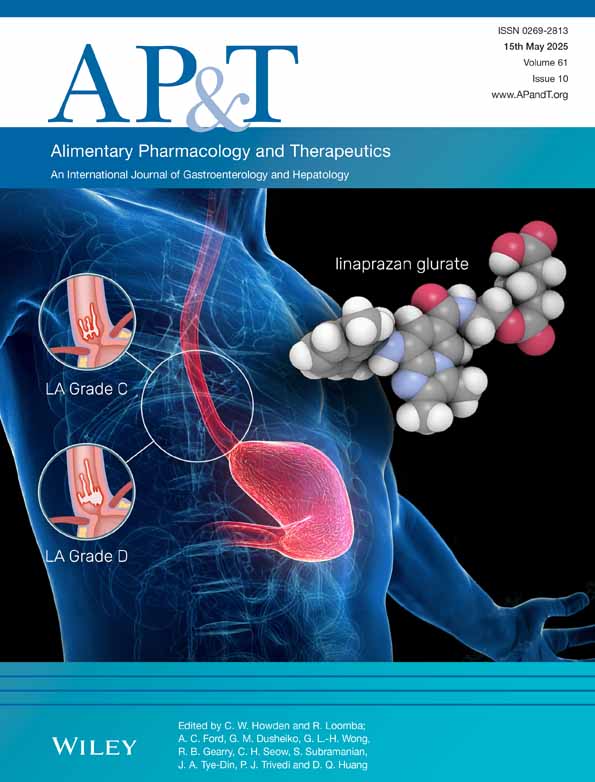Letter: Meta-Analysis Critique: Refining the Association Between Helicobacter pylori and Eosinophilic Oesophagitis
Funding: The author received no specific funding for this work.
Editors,
I was intrigued by the meta-analysis from Spinelli et al. [1], which reported a 46% reduction in odds of eosinophilic oesophagitis (EoE) with Helicobacter pylori exposure (odds ratio [OR] 0.54, 95% confidence interval [CI] 0.43–0.67). This analysis of 19 studies and over 1.7 million participants advances understanding of this inverse relationship. However, I propose methodological refinements to strengthen its conclusions.
First, while H. pylori is framed as a hygiene marker, confounding by socioeconomic status (SES) or environmental factors was under-explored. The prevalence of H. pylori varies widely, potentially reflecting SES disparities in diet or healthcare access that independently affect EoE risk [2]. This suggests the association may partly stem from unadjusted confounders. Multivariate adjustment for SES, as demonstrated in similar contexts [3], could refine causal inference.
Second, combining hospital-based and population-based studies risks selection bias. Symptomatic hospital cohorts are more likely to undergo H. pylori testing than patients with milder disease in population samples, skewing the pooled OR [4]. The authors attributed heterogeneity to diagnostic criteria, but the recruitment setting warrants sensitivity analysis to assess its impact.
Third, the timing of H. pylori exposure versus EoE onset remains ambiguous. Although current versus past infections are hard to distinguish, reverse causation—where EoE treatments like proton pump inhibitors alter H. pylori detection [5], was not addressed. Gastric biopsies outperformed serology, suggesting that active infection matters. However, longitudinal data are needed to clarify directionality.
Lastly, publication bias assessment relies on funnel plots without quantitative validation (e.g., Egger's test [6]). The stronger post-2019 effect (OR 0.44, 95% CI 0.28–0.68) may indicate selective reporting, inflating the estimate. Including unpublished data could enhance robustness.
These points highlight opportunities to refine this valuable study. We encourage future work to address these gaps, ensuring a more precise understanding of H. pylori's role in EoE.
Author Contributions
Haleema Rahman: conceptualization, writing – original draft, writing – review and editing, validation.
Acknowledgements
The author has nothing to report.
Conflicts of Interest
The author declares no conflicts of interest.
Linked Content
This article is linked to Spinelli et al papers. To view these articles, visit https://doi.org/10.1111/apt.70042 and https://doi.org/10.1111/apt.70135.
Open Research
Data Availability Statement
Data sharing not applicable to this article as no datasets were generated or analysed during the current study.




